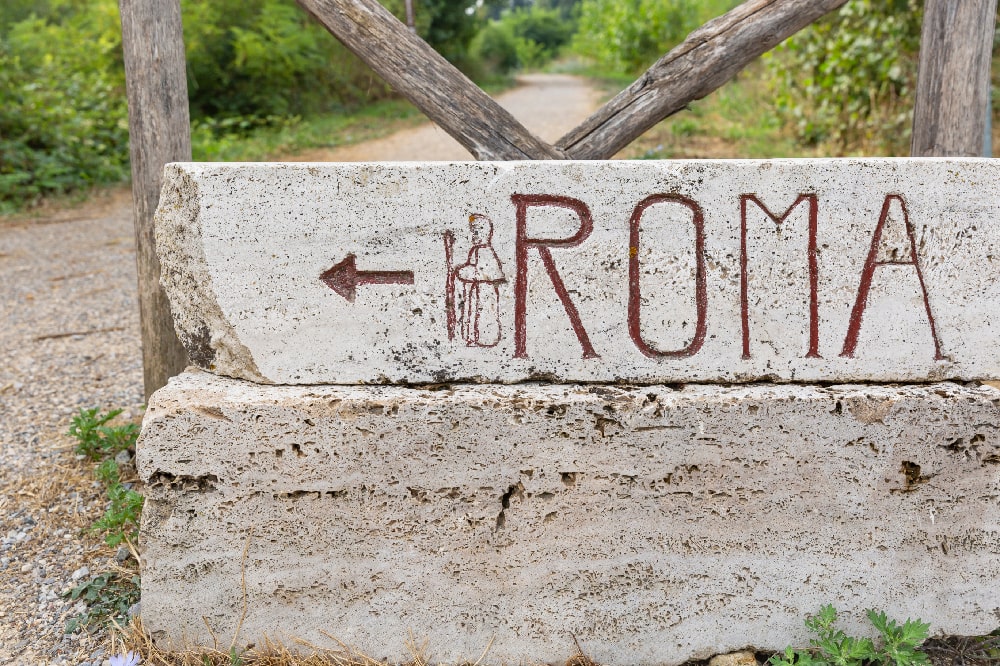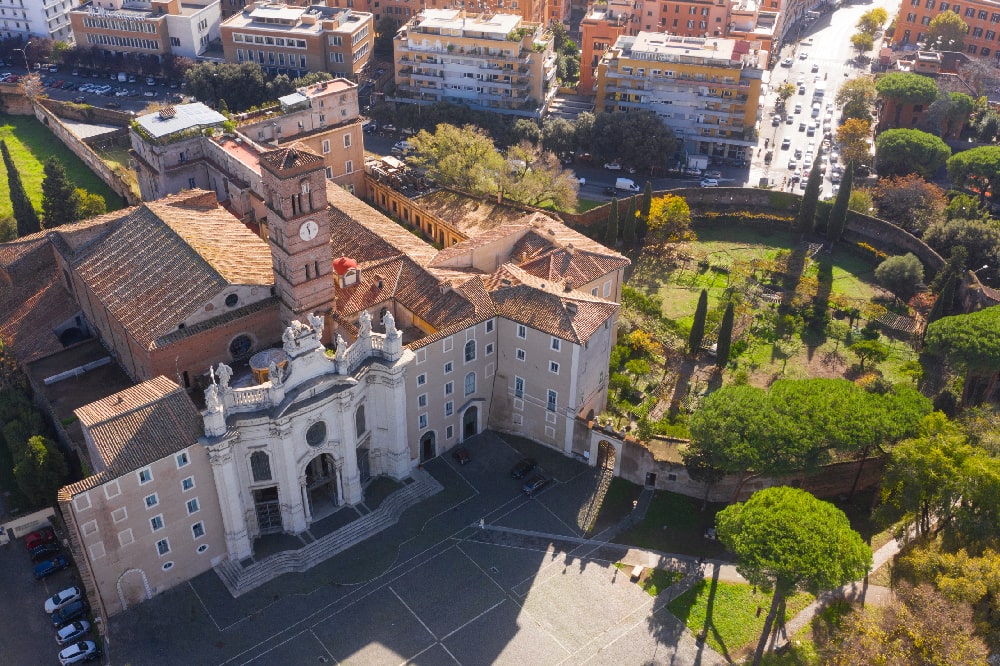Jubilee Churches are those equipped with a Holy Door, through which, during the Jubilee, one can obtain plenary indulgence. Here’s which ones they are and when they will be opened.
Contents
In anticipation of the upcoming Jubilee, which will begin in Rome on December 24, 2024, and will last throughout 2025, with a calendar rich in ceremonies and events involving Christians from around the world, it seems useful to recall which and how many are the Jubilee Churches. These are the churches designated as special pilgrimage sites during a Holy Year, where the faithful can obtain jubilee indulgence, namely the remission of sins and the associated temporal penalties.

The Jubilee 2025 Events Calendar
The calendar of events for the Jubilee 2025 has been published, twelve months of events and occasions to deepen faith…
The Jubilee is a time of great grace and fervour for the church. It is an opportunity for the faithful to renew their faith and start anew, and jubilee indulgence is an excellent starting point for Christians to clarify their existence and embark on the path of spiritual growth and improvement. Jubilee Churches, therefore, are an important symbol of the Jubilee because they offer the faithful the opportunity to reconcile with God and the Church and to receive the grace of forgiveness.
But what makes a church a Jubilee Church? Here’s what you need to know to organize a pilgrimage to Rome for the 2025 Jubilee.

Pilgrimage to Rome: Among Christians’ Preferred Destinations
A pilgrimage to Rome has always been one of the most significant spiritual experiences for Christians…
What are the Jubilee Churches
The main Jubilee Churches are the 4 basilicas of Rome:
– St. Peter’s Basilica in the Vatican
– St. John Lateran
– Santa Maria Maggiore
– St. Paul Outside the Walls
These are the so-called Papal Basilicas, namely those churches that hold a prominent place within the Catholic Church and enjoy a particularly high rank and special privileges. Papal Basilicas indeed house a papal altar, where only the Pope or a few other high-ranking priests can celebrate the Eucharist. In addition to the aforementioned Major Basilicas of Rome, the minor Basilica of St. Lawrence Outside the Walls is also designated as a Papal Basilica, as it has its papal altar, and there are two others located in Assisi, places of primary importance and pilgrimage destinations from around the world: the Basilica of St. Francis and the Basilica of St. Mary of the Angels.
Each of the Papal Basilicas has a Holy Door that is opened during the Jubilee. The opening of the Holy Door is a fundamental moment of the Jubilee because it marks its beginning. In particular, the opening of the Holy Door of St. Peter’s Basilica, which for the 2025 Jubilee will take place on December 24, 2024, decrees the beginning of the Holy Year and the time of grace and mercy it represents. The faithful who pass through the Holy Door are invited to convert and receive the grace of forgiveness.

Holy Door: what it is and what its opening represents
The opening of the Holy Door marks the beginning of the Jubilee, but it also represents a spiritually evocative…
The Basilicas of Rome and those of Assisi are not the only Jubilee Churches in the world. The Basilicas of the Holy Land are also counted as such. These include the Basilica of the Holy Sepulchre in Jerusalem, the Basilica of the Nativity in Bethlehem, and the Basilica of the Annunciation in Nazareth.
But other churches can be designated by the Pope as Jubilee Churches. It is he who can grant the privilege of a Holy Door to any church in the world. On the occasion of the Jubilee of Mercy in 2016, Pope Francis gave individual dioceses, cathedrals, and churches of particular significance, and recognized shrines as pilgrimage sites the faculty to open a Door of Mercy. In practice, each diocese had the opportunity to establish its Holy Doors, thus allowing the faithful to participate in the jubilee pilgrimage and receive indulgence on site, without having to travel to Rome. This made the Jubilee more accessible and meaningful for local communities around the world.

The Seven Churches Pilgrimage
In addition to passing through a Holy Door, another way to celebrate the Jubilee can be to undertake the Seven Churches Pilgrimage, a devotional practice already widespread in Rome in the Middle Ages but which reached its current form in 1550 thanks to the work of St. Philip Neri, who encouraged the practice in response to the excesses of Roman Carnival. Even today it is possible to take this suggestive walk, which takes place at night, with a guide belonging to the Order of St. Philip, and which through a route of over 20 km touches the Seven Churches of Rome (in order):
– St. Peter’s
– St. Paul Outside the Walls
– St. Sebastian Outside the Walls (after the Jubilee of 2000, the basilica of St. Sebastian was replaced by a visit to the Sanctuary of Our Lady of Divine Love)
– St. John Lateran
– Santa Croce in Gerusalemme
– St. Lawrence Outside the Walls
– Santa Maria Maggiore
Opening of the Holy Doors
The Holy Door is a fundamental symbol of Jubilees in the Catholic Church. Traditionally, it is the door of a Basilica that is opened only on the occasion of the Jubilee. The most famous of these is the Holy Door of St. Peter’s Basilica in the Vatican, but as we have seen, each Papal Basilica has one, and the Pope has the power to grant the privilege of a Holy Door to any church in the world. This symbolic act represents an invitation to conversion and divine grace, extending the opportunity to participate in the Jubilee globally.
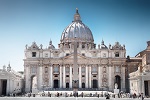
Saint Peter in the Vatican: Church symbol of the whole Christian world
Saint Peter in the Vatican is a basilica full of meanings, mysteries…
The symbolic significance of the Holy Door is profound and rich in spirituality in the Scriptures. In Ezekiel (Ezekiel 43:1-4), we find a reference to the door as a gateway through which the glory of God can enter the house and soul of the individual. This concept emphasizes the idea that through the door, one can access the presence and divine grace.
However, it is in the Gospel of John (John 10, 7) that we find a direct interpretation of the door about Jesus himself. Here, Jesus describes himself as a door, emphasizing that He is the only compulsory passage for those who wish to follow Him. In this context, the Holy Door becomes a symbol of the passage to Christ, who represents redemption from sins and salvation: “Then Jesus said to them again, ‘Most assuredly, I say to you, I am the door of the sheep. All who ever came before Me are thieves and robbers, but the sheep did not hear them. I am the door. If anyone enters by Me, he will be saved, and will go in and out and find pasture.'”
This image of the Holy Door as a passage to Jesus emphasizes the importance of faith in Christ as a means to obtain grace and eternal salvation. Through the Holy Door, the faithful are invited to embark on a journey of conversion and return to God, finding in Christ the way to eternal life.
The Holy Door of St. Peter’s is the first door to be opened, and its opening marks the beginning of the Holy Year. The rite of opening the Holy Door for St. Peter’s Basilica dates back to 1500, with Pope Alexander VI Borgia. In the days leading up to the opening date, the wall sealing the door is dismantled, and a box walled up inside at the end of the previous Jubilee is recovered. It contains the key to open the Holy Door, which, once opened, remains accessible to pilgrims throughout the year.

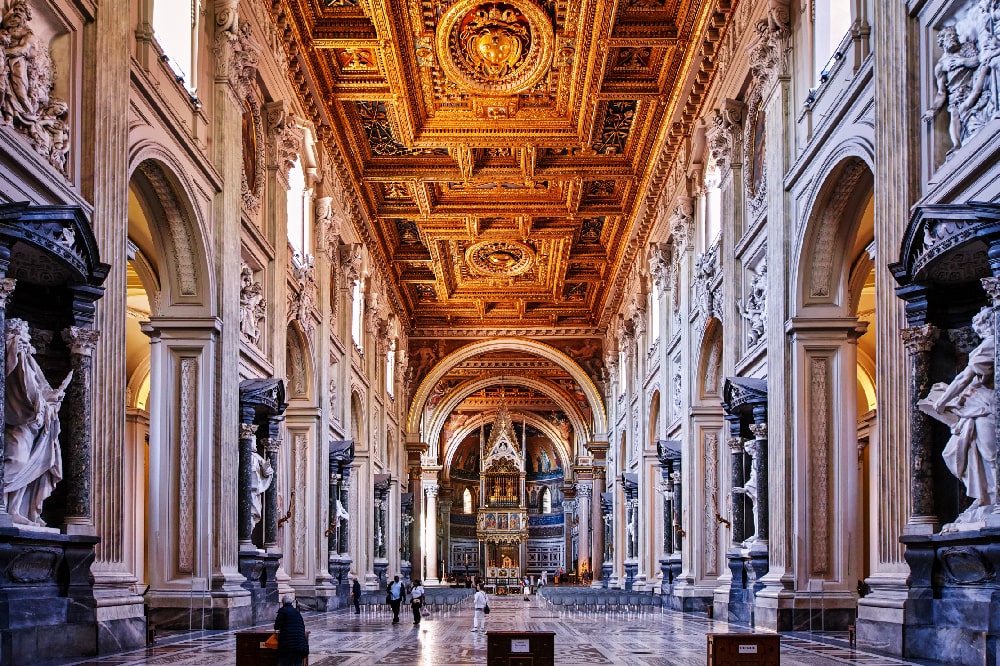
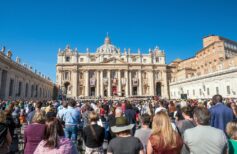
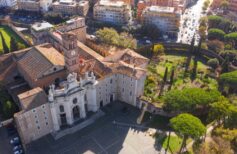

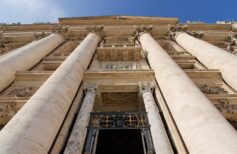



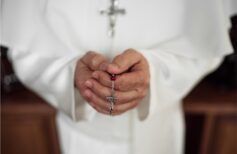
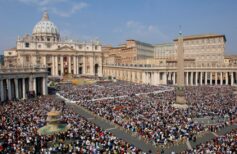






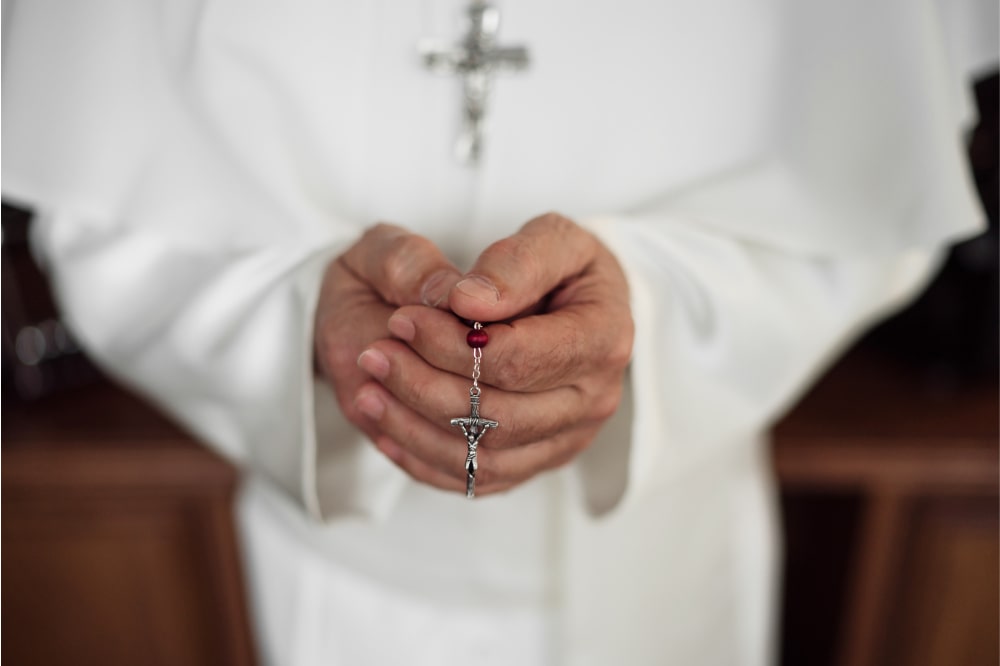
 5 June 2024
5 June 2024
